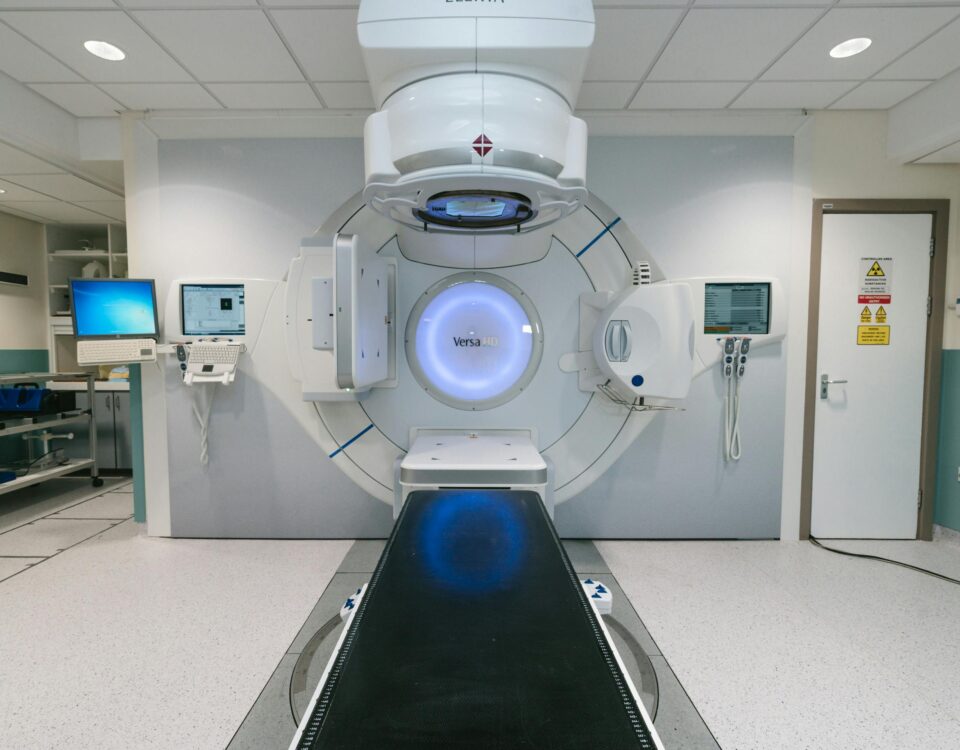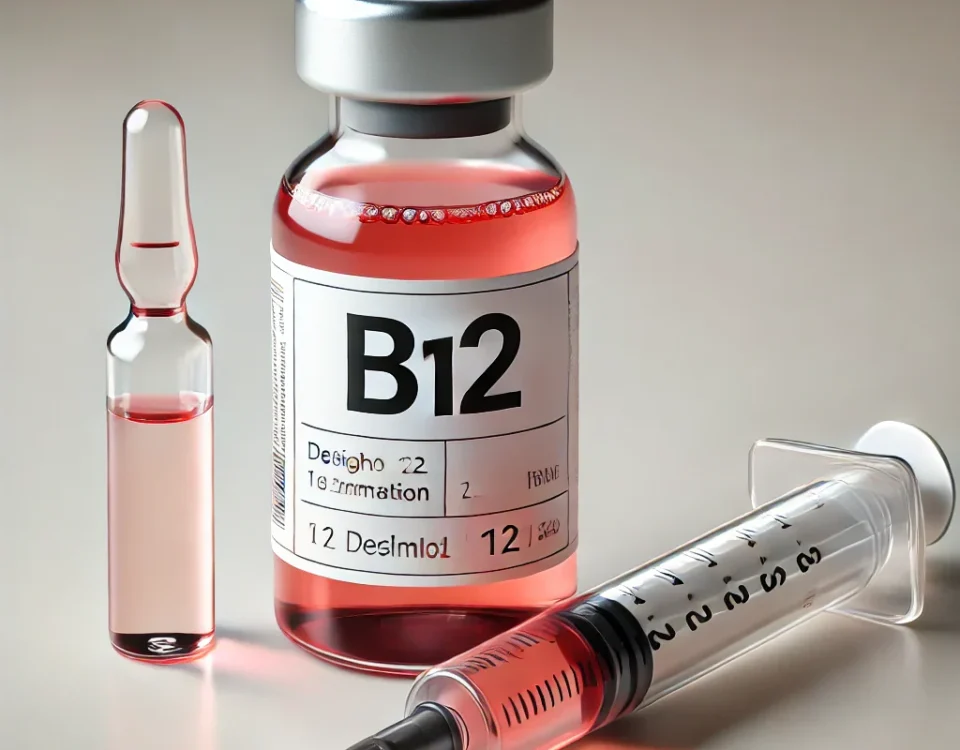
How to Stay Motivated on Your Weight Loss Journey
September 23, 2025
How Botox Works and Its Results
September 24, 2025Melanoma is a type of skin cancer that develops in the cells that produce melanin, the pigment that gives your skin its color. While discussions about skin health often include various conditions, understanding melanoma is a key part of maintaining overall wellness. Recognizing the signs and knowing the available options can help you feel more prepared and informed when speaking with a healthcare professional.
What Are Early Melanoma Signs?
Familiarizing yourself with the early signs of melanoma can help you identify changes in your skin. A common method for checking moles or new spots is the ABCDE guide. Each letter represents a feature to look for in a mole’s appearance. Regular self-examinations of your skin can help you notice any new or changing spots.
- Asymmetry: One half of the mole or spot does not match the other half.
- Border: The edges are irregular, ragged, notched, or blurred.
- Color: The color is not uniform throughout and may include different shades of brown or black, or occasionally features patches of pink, red, white, or blue.
- Diameter: The spot is larger than 6 millimeters across (about the size of a pencil eraser), although melanomas can sometimes be smaller.
- Evolving: The mole is changing in size, shape, color, or another characteristic.
Beyond the ABCDEs, other signs can point to a potential melanoma. These might include a sore that does not heal, a spot that spreads pigment into the surrounding skin, or itchiness and tenderness. Any new or changing skin lesion warrants attention. Tracking these changes helps you provide your dermatologist with specific information.
Which Tests Confirm A Diagnosis?
When you see a dermatologist about a concerning spot, they will likely start with a physical examination. They will examine the mole or lesion and may use a special magnifying tool called a dermatoscope to view the skin more clearly. This tool helps them observe pigment and structures not visible to the naked eye.
If a spot looks suspicious, the dermatologist may perform a skin biopsy. This procedure involves removing a small sample of the skin tissue for examination under a microscope. A biopsy is the definitive way to determine if cancer cells are present. The type of biopsy, such as a shave, punch, or excisional biopsy, depends on the size and location of the lesion.
After the tissue is removed, a pathologist examines it to identify cancer cells. If melanoma is found, the pathology report will include details about its thickness and other features. This information helps the medical team understand the characteristics of the melanoma and guide the next steps.
What Treatment Options Are Available?
If a diagnosis of melanoma is confirmed, your healthcare provider will discuss treatment options with you. The course of action depends on several factors, including the stage of the melanoma and your overall health. Early-stage melanoma treatment often focuses on removing the cancerous tissue completely.
- Excision: This surgical procedure involves cutting out the tumor along with a margin of surrounding healthy skin. It is the standard treatment for early-stage melanomas.
- Immunotherapy: These treatments use your own immune system to fight cancer cells. They can be given for more advanced melanoma.
- Targeted Therapy: These drugs target specific gene mutations found in melanoma cells. They are typically used for melanomas that have spread.
- Radiation Therapy: This treatment utilizes high-energy rays to destroy cancer cells and may be employed in specific situations, such as when melanoma has metastasized to other parts of the body.
The treatment plan is tailored to each person’s specific situation. Your medical team will explain the recommended approach, including what to expect during and after treatment. They can also provide information on follow-up care, which is a routine part of managing a melanoma diagnosis.
Visit a Dermatologist
Understanding melanoma begins with knowing what to look for on your skin and being aware of the diagnostic process. If you notice any new or changing spots, or anything that concerns you, scheduling a visit with a dermatologist is a practical next step. A professional can provide a thorough examination and offer clear guidance based on their findings.





